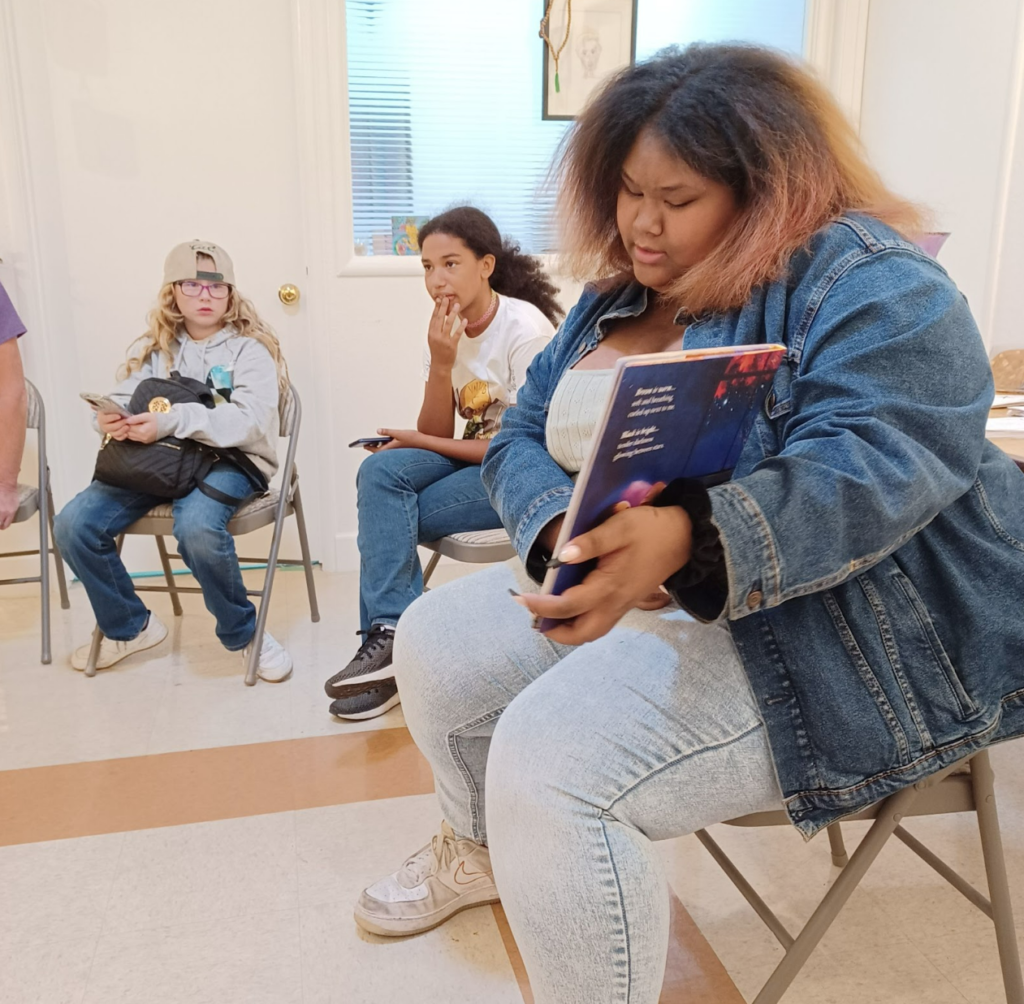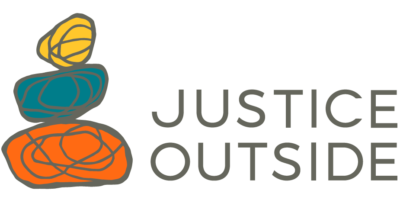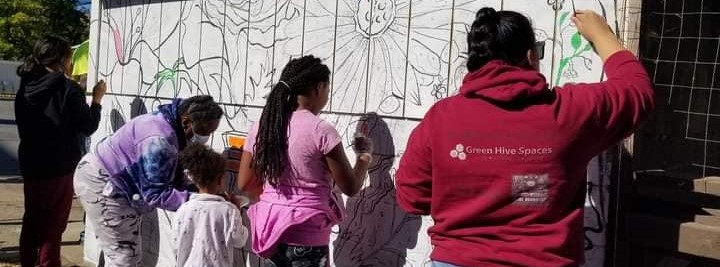The United Nations Climate Change Conference, also referred to as COP27, will take place this year in Egypt on November 6-18. This year, the focus of COP27 is to move from negotiations and planning to implementation. The three main objectives of the conference are mitigation, adaptation, and climate finance. Countries will have to show how they plan to reduce emissions, how they will adapt to climate consequences to keep people safe, and how resources and financial support will be distributed to countries suffering some of the worst climate consequences, but not receiving the resources they deserve from the global community. Black, Indigenous, and Communities of Color have been at the forefront of building solutions to face climate change and are already putting them into action. It is the government officials and leaders that need to follow their lead, not the other way around.
There are currently 30,000 people registered to attend COP27, including members of the public. Spaces like these need to have an intersectional approach because while we are all living on the same planet, climate change is disproportionately impacting communities most marginalized by capitalism and political disenfranchisement. It’s essential that the voices and solutions being created by Black, Indigenous, and Community Leaders of Color are center stage in the climate change conversation.
Justice Outside spoke with Founder Adjoa McDonald and Director Dr. Mylene Rucker of Vallejo Project, one of our grantee partners working at the community level, who shared what the United Nations can learn from fostering multigenerational relationships, uplifting youth voices, and taking an intersectional approach in the ongoing effort to mitigate climate change.
Will you share a little bit about your work for people who may not be familiar?
Adjoa McDonald: Vallejo Project serves transitional-age youth in Vallejo and helps them find a pathway towards success, specifically with skills-based learning. Some examples are carpentry, communications careers, and even sewing and crocheting workshops.
Dr. Mylene Rucker: I work with health and wellness, so we teach kids how to identify if they’re having a mental health crisis. We’re trying to teach first aid and CPR. On Saturdays, we sometimes take blood pressure tests at the farmers market. We’re hoping to create a pathway into entry-level healthcare careers like a paramedic or EMT.
Why must training young people in environmental and outdoor job sectors be part of our solution in facing climate change?
Adjoa: The biggest benefit of training young people to be involved in outdoor environmental services is that it gives them a sense of buy-in for their immediate community and environment, and for our world. They feel like they have a relationship and a stake in keeping it clean and healthy for themselves and the future because many of the vulnerable youth here aren’t imagining themselves in the future. It’s amazing to see the transformation created by our community family shelter. We’re bringing together different types of people from university students to public health doctors like Dr. Rucker to educators, surrounding our young people and supporting them. You can see the impact on their internal community. Investing their time and exerting themselves physically has helped them build a new relationship with the outdoors. A lot of healing can be gained by spending time in nature, working with their natural environment, and enjoying the fruits of their labor.
Dr. Rucker: There was a trashed-up area we cleaned up and turned into a garden. We planted seedlings and trees. We planted and grew some corn that we ate at a barbeque, as well as beans, strawberries, and watermelon. The garden is right outside of the homeless shelter and gives the community something to work on together.
So much of your work is not only focused on youth, but on young people from historically-marginalized communities. Black, Indigenous, and People of Color not only bear the brunt of climate change but also have many of the tools and knowledge we need to address it. Tell us about how you are focusing solutions on Black, Indigenous, and Youth of Color.

Adjoa: It’s a very multicultural city that we’re in and the young people that are involved in our organization really represent that. We have Indigenous, Latino, Filipino, Korean, Vietnamese, and Black folks involved in our garden. We collectively believe that culture is the cure for the modern-day crisis of lacking community and compassion. We use ancient strategic approaches to gardening. It’s been a wonderful process learning from each other and working together. It speaks well of the diversity that we’d really like to protect in Vallejo, one of the last ungentrified areas of the Bay Area which is often neglected in terms of funding.
Your work is also multi-generational. Why is that important to you and your team?
Adjoa: We’ve seen some beautiful relationships come along. A lot of seniors that have amazing stories are able to speak life into the kind of disconnected youth that have lost generations of families due to drug abuse. That context has really been beautiful. The intuitive tech-savvy expertise that our youth have has been invaluable to helping seniors navigate critical resources like medical knowledge and communication with the outside world. The connections have been invaluable. Oftentimes our seniors and our young people are the most vulnerable populations that don’t get the kind of resources or attention of many other people in our population, and so it’s been wonderful for them to meet each other’s needs. It really supports that cyclical community-serving community model.
Dr. Rucker: I’m a senior and I have some arthritis, so the young people sometimes run around the farmers market and pick up things for me, and I really appreciate that. And they’ve learned some things from me as well. They’re learning how to talk to elders in a respectful way. We have to come to a meeting of the minds that we need more storytelling.
As we look at decision-makers around tables like the ones at COP27, young people are often excluded. You are working to ensure youth people can be leaders in the outdoors and environmental movements. Tell us about how all of us can center young people’s leadership and voices more at the national and global level.
Adjoa: We’ve collaborated with a couple of young people from Rwanda and other young people that have been working on finding their voice and articulating themselves in this world. Getting young people involved in policy decisions and advocacy groups and having them speak to one another, to people in power, to seniors, and to people younger than them is just a critical part of being able to include their voice in decision-making. We need to give them the practice and the discipline of thinking about what they need and what they want, researching and then sharing those ideas with other people.
To support Adjoa and her team’s important work, share this article; follow them on Facebook, Instagram, and Twitter; and/or make a donation here.

